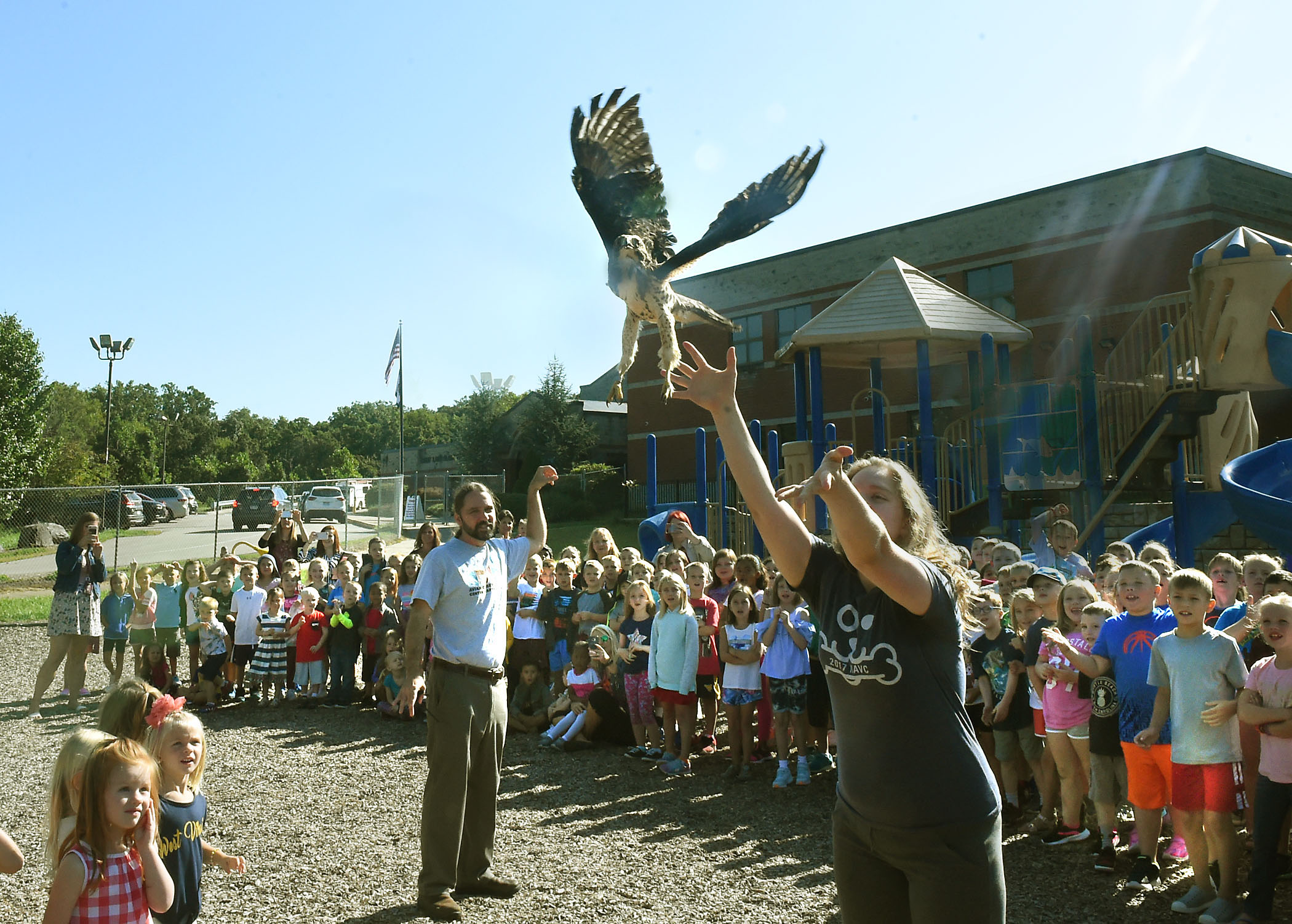The Avian Conservation Center of Appalachia (ACCA), a Cheat Lake-based nonprofit that rescues and rehabilitates injured birds, was recently selected to receive cutting-edge tracking equipment that will enhance its research capabilities and connect it with avian researchers worldwide.
The ACCA was awarded a SensorStation for the Motus Wildlife Tracking System through an international competition presented by a group called Cellular Tracking Technologies (CTT).
Motus is a wildlife tracking system that uses radio telemetry technology to track the precise locations and movements of animals equipped with a special transmitter. Signals emitted by the transmitters are detected at receiving stations known as SensorStations creating data on specific animals, birds in this case.
According to ACCA Director of Conservation Research Evan McWreath, the ACCA was chosen by the CTT team from an international list of candidates based on a project proposal submitted with the mission to conserve the region’s wild birds through research, education and rehabilitation.
“Putting radio transmitters on birds gives us a lot of high-resolution data so we can better track their movements and understand what parts of their habitat are important, what their breeding rates are, and what challenges they face in their environment, so we can get a better idea for conservation,” McWreath explained.
Specifically, the ACCA is interested in putting them on some of the more than 500 birds rehabilitated annually at the center because once they are released back to the wild, they don’t have a lot of knowledge about what happens to them after that.
Are they breeding and contributing to the population? Are they staying nearby or are they leaving the area immediately?
“These towers and transmitters will allow us to get more information about how we are doing and how well the birds are doing after we release them,” McWreath said.
The research at ACCA will likely focus on rehabilitated raptors (birds of prey) but because the transmitters are extremely small and lightweight, they could be put on any bird.
“They can be put on bumblebees and on butterflies,” McWreath said of size of the transmitters.
“We want to be extra sensitive to our impact on the birds, but for healthy birds we can absolutely put those transmitters on healthy birds and song birds as well.”
There will be other benefits to being a part of the tracking system, like being able to give updates to people concerned about a bird they brought to the facility for care.
“We have a lot of people that bring birds into our facility and they call and check in on a day-to-day basis because they are really connected to that specific bird after seeing them injured,” McWreath said. “This just gives us one more piece that we can follow-up and let people know what the update is and how they are doing.”
The data collected will also contribute to the ACCA’s focus on community-driven research and science and will serve as a vital tool for teaching the community about conservation and further inspire future generations to get involved with wildlife.
With the data, they will be able to create additional visuals, maps and graphics that can be used for social media to connect with the larger community.
McWreath said the Motus tower network is an important part of the efforts with thousands of towers set up all over the globe. There are already a couple other towers in the area, but having more towers really benefits, not only their research on a local scale, but the global population like other researchers who will now be able to use the data to contribute to their work as well.
The ACCA plans to place the SensorStation at the outdoor classroom on Morgan Hill Road sometime this spring. They are extremely grateful to Cellular Tracking Technologies for awarding the cutting-edge equipment and supporting their conservation efforts.
TWEET @DominionPostWV




